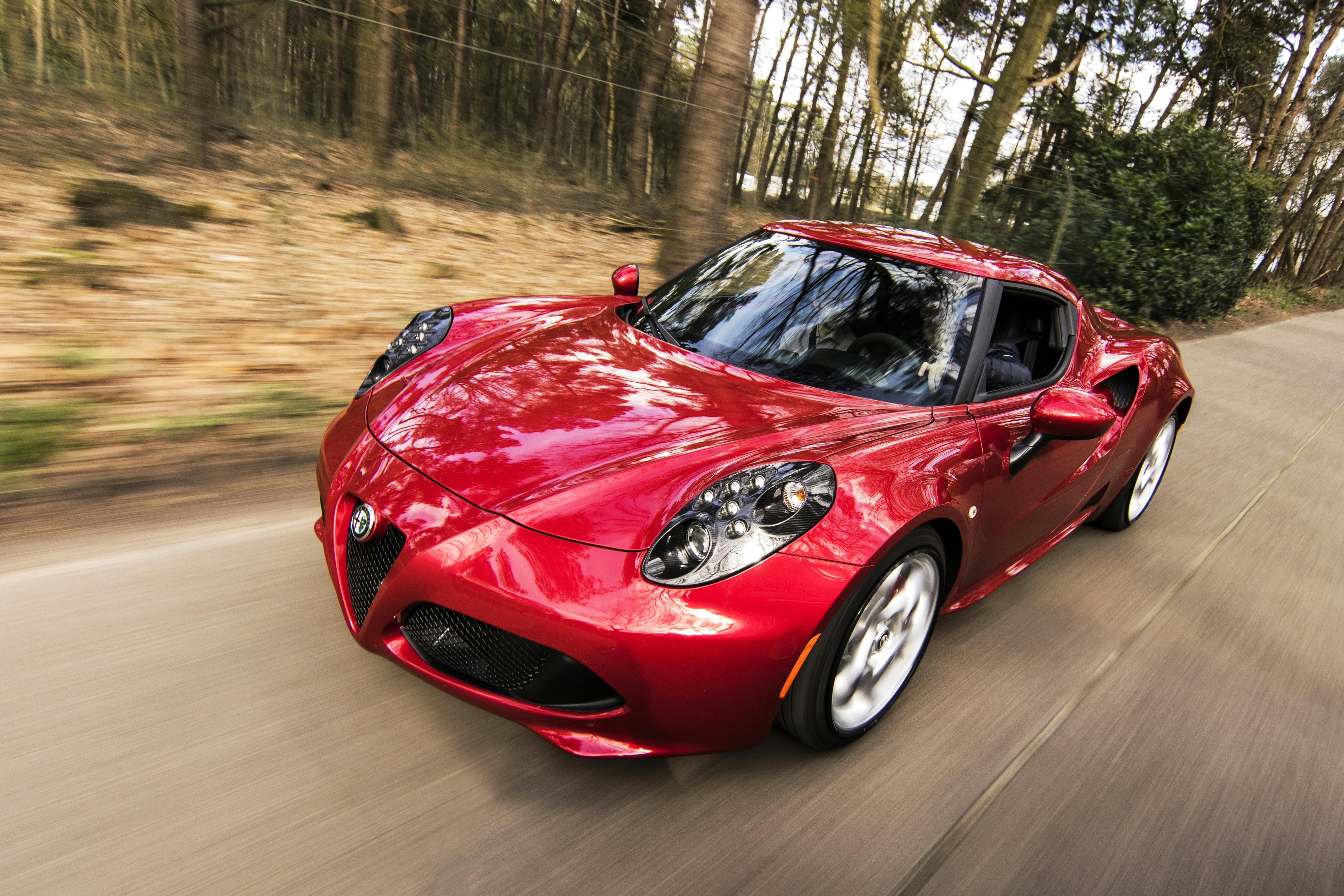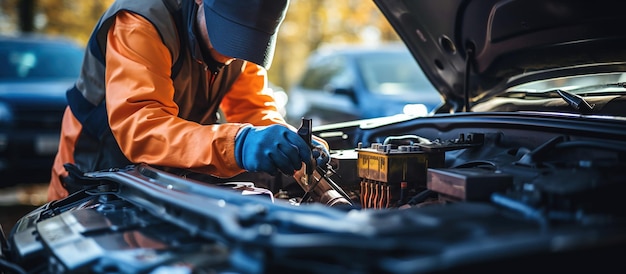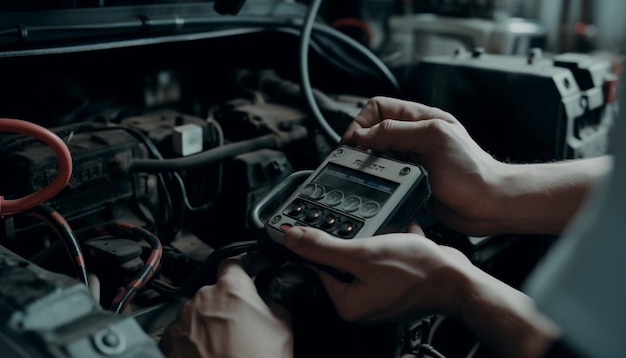
Introduction:
The automotive industry is constantly evolving, with new technologies, trends, and players emerging regularly. From advancements in electric vehicles (EVs) and autonomous driving to changes in manufacturing and consumer preferences, the industry is experiencing significant transformations. In this article, we will explore some of the latest developments and trends shaping the automotive industry.
1. Electric Vehicle Advancements:
The shift towards electric vehicles continues to gain momentum. Major automakers are investing heavily in EV technology, aiming to offer more affordable and longer-range electric vehicles. Companies like Tesla, Rivian, and NIO are leading the way in developing innovative electric vehicles with advanced features and improved charging infrastructure.
2. Autonomous Driving:
Autonomous driving technology is another area of rapid advancement. Companies like Waymo, Tesla, and Baidu are at the forefront of developing self-driving cars. These vehicles are equipped with advanced sensors, artificial intelligence, and machine learning algorithms to navigate roads and make driving decisions. While fully autonomous vehicles are not yet widely available, significant progress has been made in this field.
3. Connectivity and Infotainment:
Modern cars are becoming increasingly connected, offering advanced infotainment systems and connectivity features. Integration with smartphones, voice assistants, and cloud services allows for seamless communication, entertainment, and navigation. Companies like Apple and Google are also developing software platforms specifically designed for automotive use, further enhancing the connected car experience.
4. Sustainability and Environmental Concerns:
With growing environmental awareness, automakers are focusing on sustainability and reducing carbon emissions. The development of electric and hybrid vehicles, as well as advancements in fuel efficiency, are key priorities. Additionally, the use of recycled materials and sustainable manufacturing practices are gaining traction in the industry.
5. New Players in the Market:
The automotive industry is witnessing the emergence of new players challenging traditional automakers. Companies like Rivian, Lucid Motors, and Byton are disrupting the market with their innovative electric vehicles and unique approaches to mobility. These new entrants are pushing boundaries and driving competition, leading to increased innovation and consumer choice.
Changing Consumer Preferences:
Consumer preferences in the automotive industry are evolving, influenced by factors such as environmental concerns, convenience, and the desire for advanced features. As a result, automakers are focusing on creating vehicles that meet these changing demands.
1. Shared Mobility:
The rise of ride-sharing services like Uber and Lyft has led to increased interest in shared mobility solutions. Companies like Maven, owned by General Motors, and ReachNow, owned by BMW, are providing car-sharing services that allow users to rent vehicles on-demand. This trend is particularly popular in urban areas where owning a car may be less practical or necessary.
2. Subscription-based Models:
Automakers and third-party companies are experimenting with subscription-based models, offering customers the flexibility to switch between different vehicles based on their needs. Companies like Volvo, Porsche, and Cadillac have introduced subscription services that include vehicle maintenance, insurance, and even delivery.
3. Customization and Personalization:
Consumers are increasingly looking for vehicles that can be personalized to their preferences. Automakers are responding by offering customization options, allowing customers to choose colors, materials, and features that suit their individual style and needs. This trend is particularly prevalent in the luxury car segment.
Manufacturing and Supply Chain Innovations:
1. 3D Printing:
The use of 3D printing in the automotive industry is growing rapidly. It allows for faster and more cost-effective prototyping, customization, and production of parts. 3D printing also enables the creation of complex geometries and lightweight structures, leading to improved performance and fuel efficiency.
2. Supply Chain Optimization:
Automakers are exploring ways to optimize their supply chains by using advanced technologies like blockchain and artificial intelligence. These technologies can help streamline inventory management, improve transparency, and enhance collaboration between suppliers, manufacturers, and distributors.
Safety and Advanced Driver Assistance Systems (ADAS):
Ensuring safety on the roads remains a top priority for the automotive industry. Advanced Driver Assistance Systems (ADAS) are becoming increasingly common in vehicles, offering features such as lane departure warning, adaptive cruise control, and automatic emergency braking. Companies like Mobileye, owned by Intel, are at the forefront of developing ADAS technologies.
While I couldn't find specific statistics on upcoming players in the smart car technology industry, it's worth noting that the automotive industry is constantly evolving, and new players are emerging to disrupt the market. Startups and technology companies are entering the space with innovative solutions and technologies.
Some notable upcoming players in the industry include:
1. Rivian: An electric vehicle startup that focuses on producing electric pickup trucks and SUVs. Rivian has gained attention for its advanced battery technology and plans to launch its vehicles in the coming years.
2. NIO: A Chinese electric vehicle manufacturer that aims to redefine the driving experience through advanced technology and connectivity. NIO has gained popularity in China and is expanding its presence globally.
3. Lucid Motors: A luxury electric vehicle manufacturer that aims to deliver high-performance electric vehicles with advanced technology and luxurious features. Lucid Motors' first vehicle, the Lucid Air, has received positive reviews and is expected to compete with established luxury car brands.
4. Canoo: A California-based electric vehicle startup that focuses on creating affordable and customizable electric vehicles. Canoo aims to provide a subscription-based model for its vehicles, offering flexibility and convenience to customers.
These are just a few examples of upcoming players in the smart car technology industry. As the industry continues to evolve, we can expect more companies to enter the market with innovative solutions and technologies.
Conclusion:
The automotive industry is experiencing exciting developments and trends that are shaping the future of transportation. From electric vehicles and autonomous driving to changing consumer preferences and manufacturing innovations, the industry is evolving to meet the demands of a rapidly changing world. As technology continues to advance, we can expect further disruptions and innovations that will redefine the way we think about cars and mobility.

While I couldn't find specific statistics broken down by demographics for upcoming players in the industry, demographic data is essential for businesses, organizations, and governments to make informed decisions. Demographics refer to the characteristics of a population, such as age, gender, income, and education, which are used to study the attributes of a particular group .
Collecting demographic data is crucial for businesses to identify the individual members of their target audience and tailor their efforts based on specific segments of their customer base . This data can be collected through various methods, including official records, surveys, and monitoring social media accounts and e-commerce websites.
Demographic data is also used for research purposes, such as analyzing population processes and studying the relationships between economic, social, institutional, cultural, and biological factors influencing a population . It can help governments plan for infrastructure development, marketers target advertising and product distribution, and researchers gain insights into various societal trends.
While specific statistics on demographics for upcoming players in the industry may not be readily available, demographic data plays a crucial role in understanding consumer behavior, market trends, and the impact of new players in the automotive industry.








